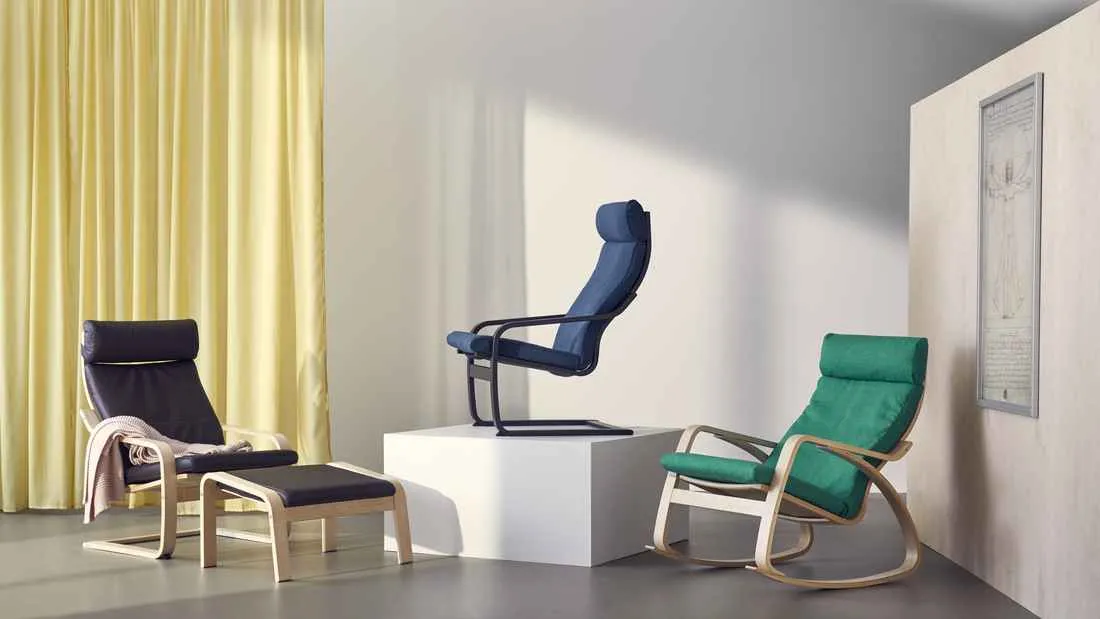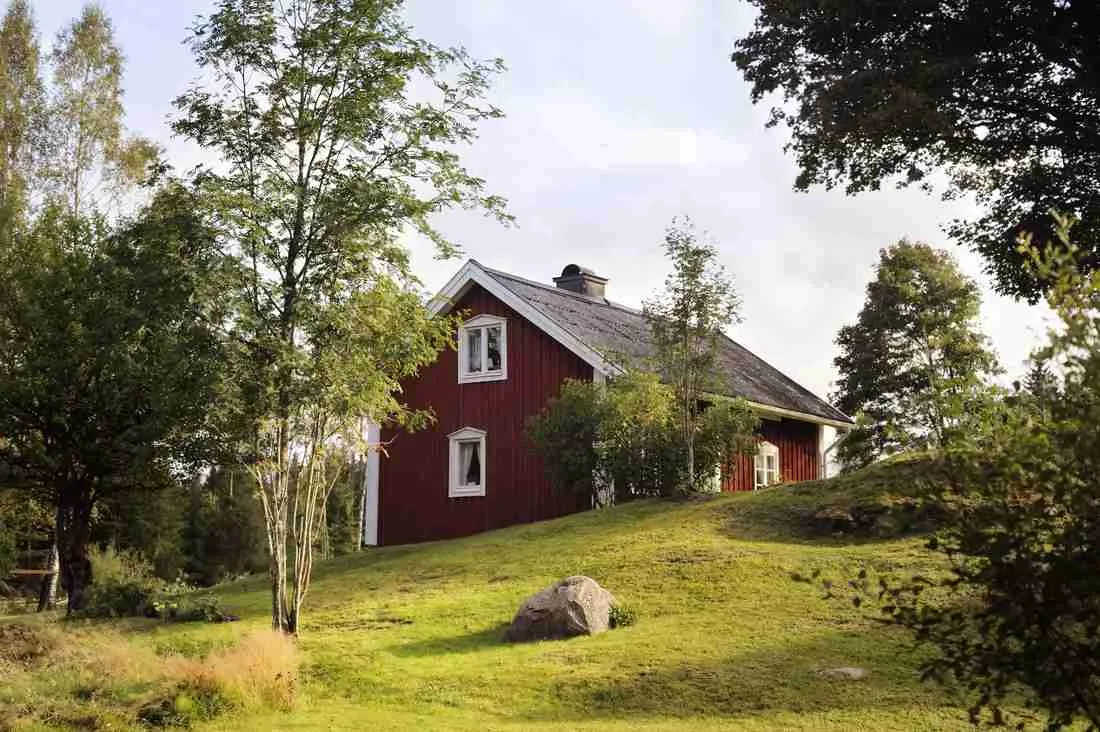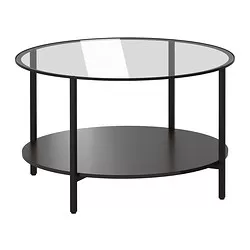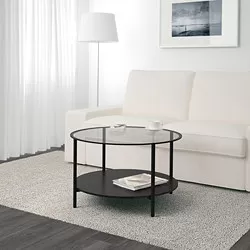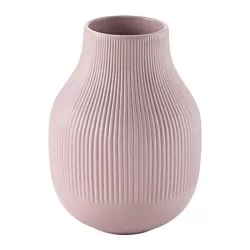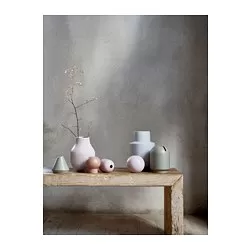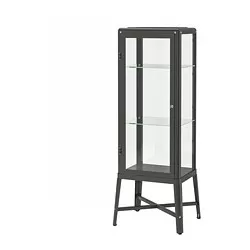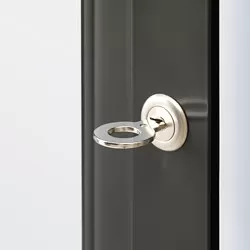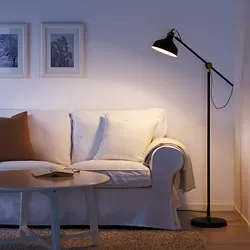World Environment Day is an important moment for everyone to reflect on how each individual can contribute to preserving the Earth, the home of every human being. Amid the challenges of climate change and other environmental issues, the role of every individual and company is crucial. One company that has committed to environmental conservation is IKEA. In addition to being known for its functional design and affordable prices, IKEA is also known for its commitment to environmental sustainability. Through various initiatives, IKEA continues to strive to reduce the environmental footprint of its company and products. In commemorating World Environment Day, let us explore how IKEA contributes to environmental preservation through the environmentally friendly products it offers.
Reducing carbon footprint
One of the most important steps in environmental preservation is reducing greenhouse gas emissions. IKEA has taken concrete steps to reduce its carbon footprint. One of them is by using renewable energy to meet its electricity needs. IKEA also continues to improve its energy efficiency through various innovations in product design. IKEA not only reduces carbon emissions in its own operations but also strives to help consumers do the same. One example is by installing solar panels on all IKEA buildings worldwide. IKEA's solar panels are designed to achieve energy independence goals while also reducing carbon footprint.
Since 2011, IKEA has reduced CO2 emissions by 13% per cubic meter of distributed products, and IKEA's target is 20% by 2016. More than half of IKEA's products are shipped directly from production sites to stores to reduce distribution distances. All of this helps to keep costs and prices low while protecting the environment. Additionally, IKEA also sells various types of LED lamps for households with various designs and affordable prices.
Use of environmentally friendly materials
IKEA has committed to using environmentally friendly materials in its products. IKEA actively seeks alternative materials that are more environmentally friendly without sacrificing quality and design. IKEA has introduced the KUNGSBACKA kitchen cabinet made from recycled materials. This kitchen cabinet is made from recycled materials, such as PET plastic bottles and recycled materials.
By using recycled materials, IKEA helps reduce waste and the use of new natural resources. Every year, people worldwide use about 100 billion PET water bottles, with only 30% being recycled. By recycling and giving them new life as foil doors and front parts of kitchen sets, IKEA demonstrates that recycling is not only the right solution but also capable of producing beautiful new products.
IKEA has also committed to using sustainable cotton in its textile products. IKEA collaborates with the Better Cotton Initiative (BCI) to ensure that the cotton used is produced in an environmentally and socially friendly manner. Cotton is one of the most important raw materials. You can find it in several IKEA products, ranging from sofas and chair cushions to bed textiles and mattresses. Although IKEA loves cotton, IKEA is often uncomfortable with the fact that cotton is grown in ways that harm the environment and farmers.
Supporting the environmental economy
In some factories in South India, the only way to get water is by using trucks and traveling 50 km. Old machines and polluted water supplies often make energy and water less efficient. Jansons, a textile supplier based in Erode, South India, inspired by IKEA's Positive Planet & People strategy, initiated a collaboration project to address these issues. Actions taken include systems for recycling wastewater for printing, dyeing processes that use less water, and ensuring machines only operate when necessary.
The glass used to produce the IKEA PS 2017 vase has an interesting story. Because of bubbles and other defects, glass fragments are re-melted and blown by skilled craftsmen into mass-produced products. However, the character of each glass fragment has lived, bringing a unique mix of colors and patterns to each vase. By using recycled glass rather than discarding it as waste, IKEA saves valuable and limited resources while adding character to your home.
TÅNUM is handmade, giving a unique beauty to each carpet. And the good news is IKEA uses recycled cotton materials from its own production to make it. Over 90% of the materials used are remnants from bed linen production. When you step on the TÅNUM carpet, you leave a small carbon footprint on the environment.
Reducing waste
Waste is one of the biggest problems in today's environmental issues. IKEA has taken steps to reduce waste by designing its products to be more durable and easily repairable. Some IKEA products, such as furniture, come with longer warranties than usual. This helps reduce waste because consumers don't need to replace products every time there is a minor damage.
IKEA wants customers to love and care for its products for as long as possible. In Belgium, for example, IKEA offers five options for customers to give a second chance to IKEA furniture. Namely, selling old IKEA furniture in stores, refurbishing it by repainting or reassembling it, repairing it by offering replacement parts, returning old furniture using IKEA's relocation service, and donating it to social institutions. Globally, IKEA offers replacement accessories to all customers, and most markets have mattress takeback initiatives, where you can return your old mattress when buying a new one. Get the chance to give new life to your old furniture or give new life through IKEA's hands.
Environmental education
IKEA collaborates with WWF and others to fight illegal logging and promote responsible wood sales. IKEA and WWF have been working together since 2002 to support credible forest certification. As well as mapping and protecting High Conservation Value Forests to preserve forest values and biology. So far, IKEA has helped improve forest management in Europe, Asia, and contributed to increasing FSC-certified forest areas by around 35 million hectares in various countries where IKEA operates.
IKEA regularly publishes sustainability reports detailing progress in reducing the company's environmental footprint and its products. These reports also include information about IKEA's initiatives in supporting environmental and social economies. At IKEA Group, IKEA has decided to eliminate waste from all IKEA production and become a self-sufficient energy centre by 2020. This is no small achievement, but along with suppliers, partners, and customers, IKEA has achievable goals.
Through these various initiatives, IKEA has shown its commitment to being an environmentally responsible company. By continuously developing environmentally friendly products and supporting environmental and social sustainability, IKEA hopes to be part of the solution to global environmental problems. This includes minimizing waste in the IKEA value chain and turning it into resources by using it to make new products. Hopefully, IKEA's initiatives will inspire many other individuals to follow suit in preserving the environment for everyone on Earth.
